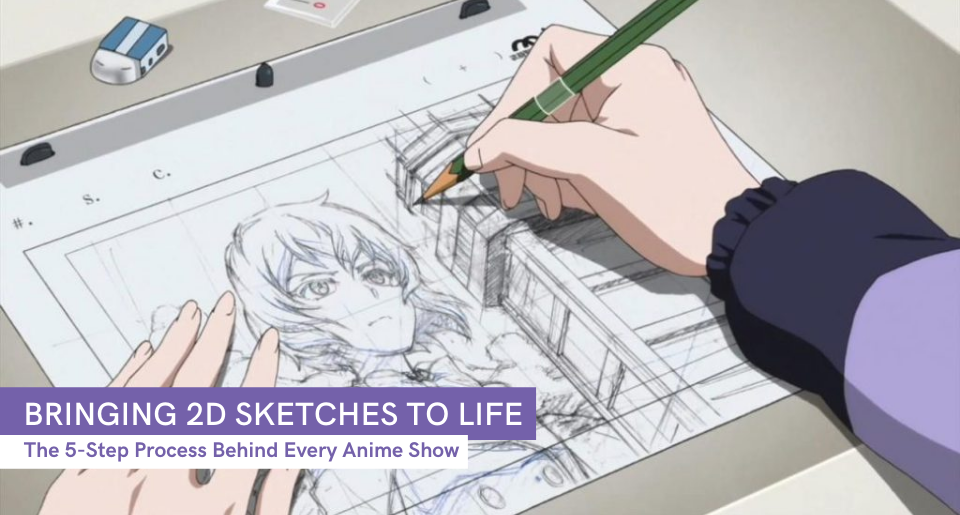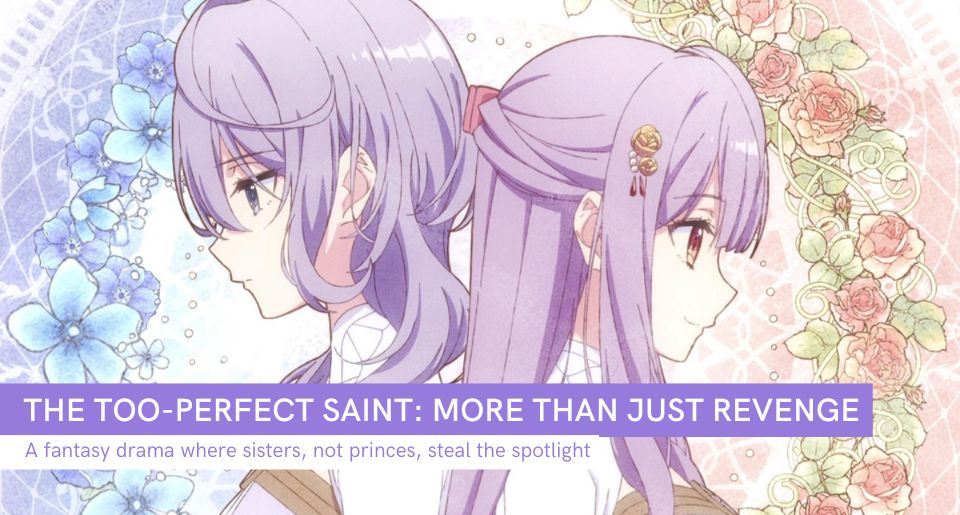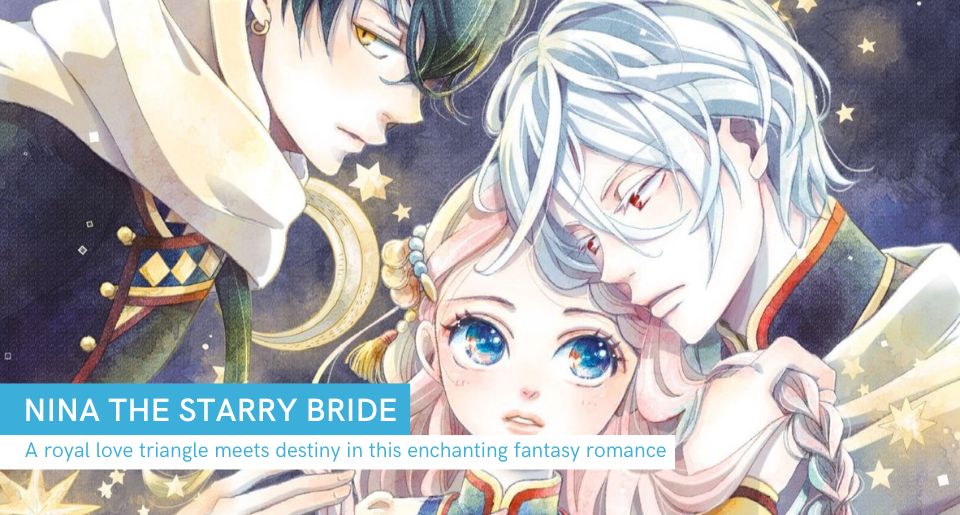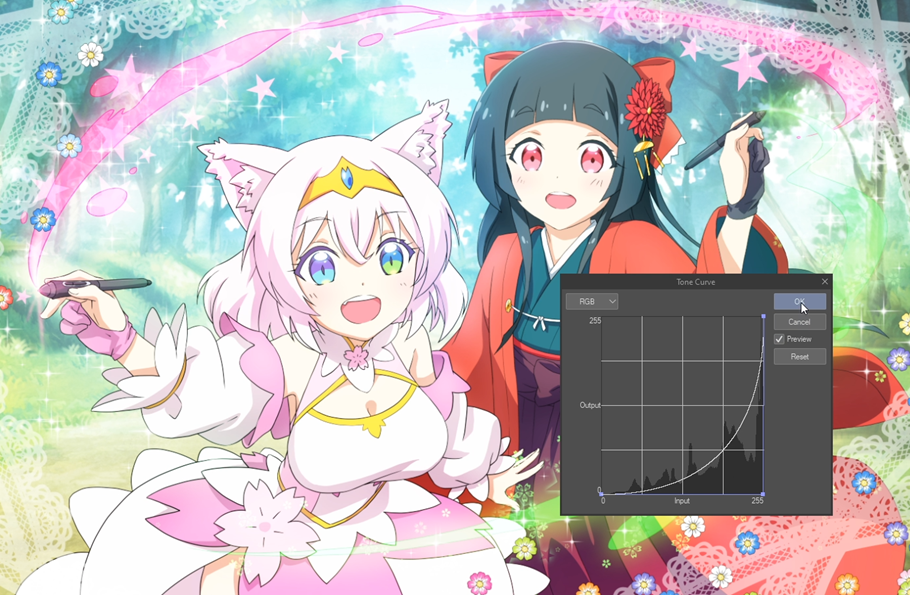
Image sourced from Animost. Details at Animost Tutorials
Ever wondered how your favorite anime series is made? It's a 5-step process that transforms ideas into the animated adventures we all love!
Step 1: Laying the Foundation
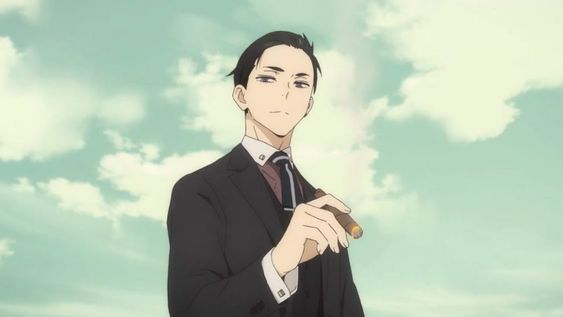
Image sourced from Pinterest. For more details, visit this link
Every great anime begins with a killer concept, often drawn from popular manga or gripping video games, aimed directly at its intended audience. To transform this concept into colorful reality, a production committee forms, uniting sponsors, TV networks, and animation studios under one ambitious umbrella. Their mission? To fund and oversee the journey from sketch to screen.
Sponsors play a key role, investing hopes and cash into the project, betting on big returns from merchandise and media rights. Once the funds are in place, production kicks off at the studio where roles are assigned and budgets are tightly controlled by savvy producers.
Step 2: Scriptwriting, Storyboarding, and Character Design
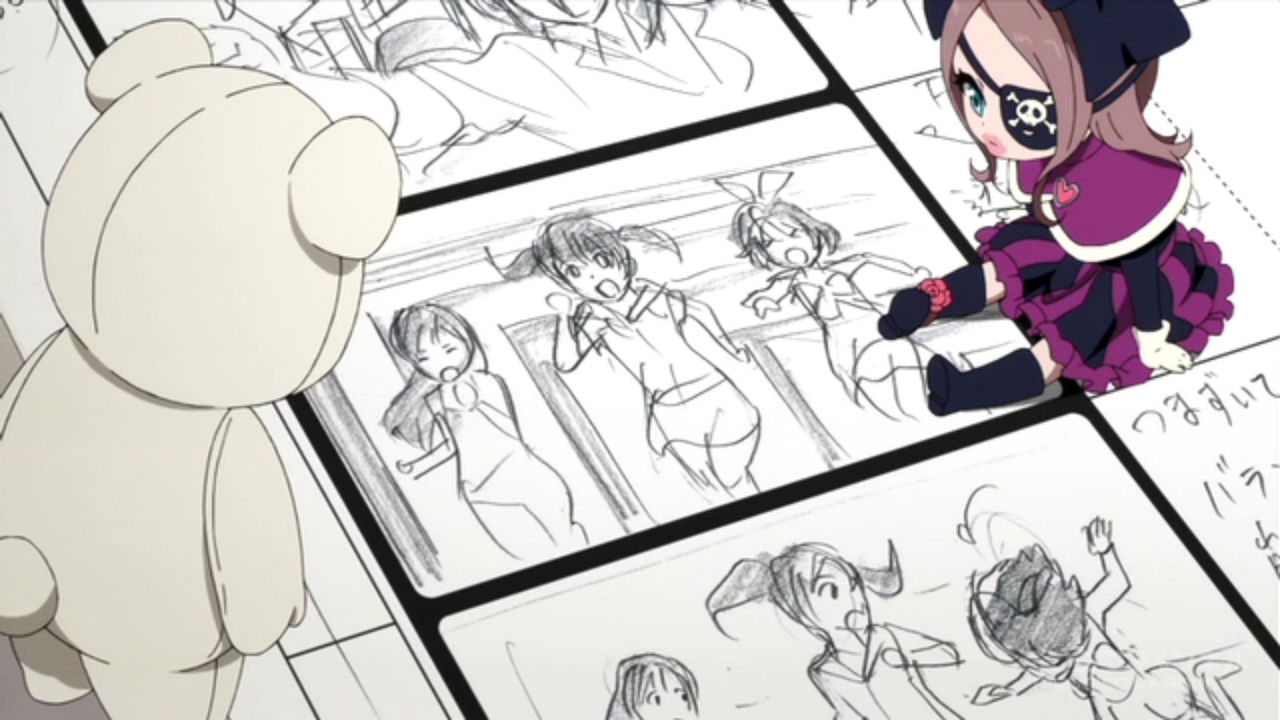
Image courtesy of the article from blog.livedoor.jp. Details at Livedoor Blog
The focus now shifts to the vital creative stages: scriptwriting, storyboarding, and character design. The director plays a central role, harmonizing creative vision with the demands of production. The scriptwriting process kicks off under the guidance of a series composition head, who outlines the overarching story and oversees the scripts for individual episodes, ensuring adherence to the source material.
Storyboarding follows, with directors visually plotting out the script to dictate the animation's pace and flow. Character design is essential too, with designers creating comprehensive reference sheets that ensure characters look consistent no matter who animates them.
Step 3: Bringing Sketches to Life

Image sourced from Reddit. Details at Reddit
The animation phase in anime production is where the magic happens—turning storyboards into the sequences that capture hearts. It starts by breaking a storyboard into specific scenes and cuts, distributed among animators along with detailed instructions and model sheets.
The first critical step, 'layout,' involves sketching these scenes and establishing key frames. These frames are then developed into 'genga,' polished for consistency and quality under the watchful eye of the Animation Director.
While this happens, background artists are crafting the intricate backdrops that set the scene. Following key frame approval, the 'douga' stage sharpens these frames with crisp outlines, leading into the 'shiage' stage where each frame is digitally colored.
This thorough process ensures every frame is up to par before moving to post-production, setting the stage for the final vibrant display seen by viewers.
Step 4: Adding Voice, Music, and Effects
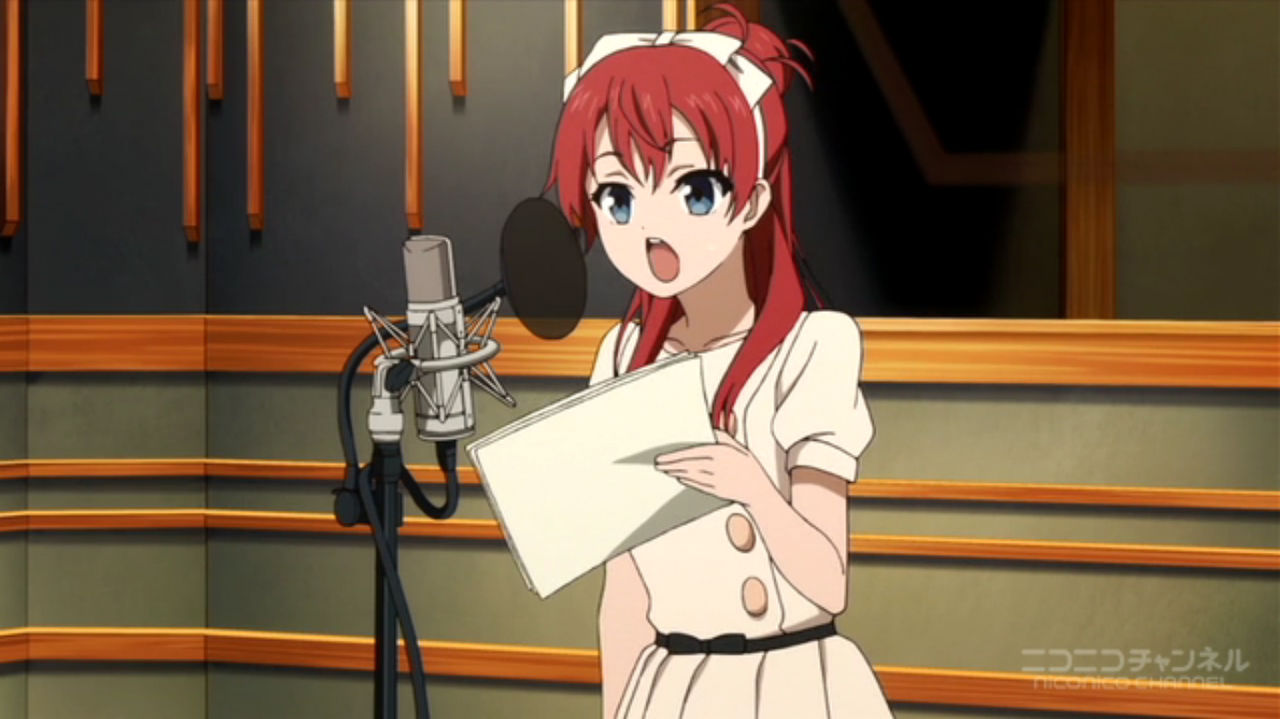
Image courtesy of the article from blog.livedoor.jp. Details at Livedoor Blog
The voice actors, or seiyuu, are integral in bringing characters to life. Cast based on talent, popularity, and other factors like singing ability, they often record in groups to enhance the natural flow of dialogue. The sound director, series director, and sound producer collaborate closely, ensuring each voice fits perfectly with the character and scene dynamics.
Music in anime is split into background music (OST) and theme songs. The OST is composed based on a detailed music order sheet that specifies the mood and scenes for the music tracks. Composers work early in the production to create these tracks, which are later recorded by studio musicians.
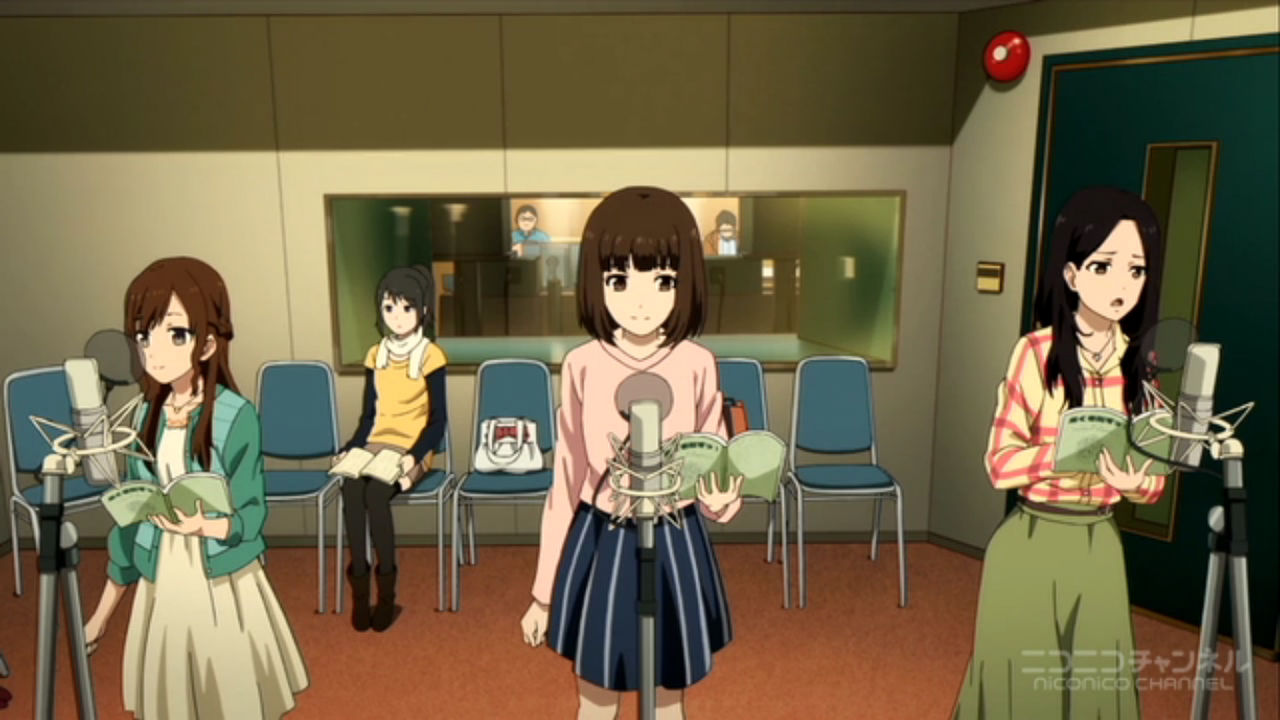
Image courtesy of the article from blog.livedoor.jp. Details at Livedoor Blog
Theme songs (whether written specifically for the anime or pre-existing tracks) are typically performed by popular artists and integrated into the anime's opening, ending, or key scenes.
Sound effects play a key role in bringing the animated world to life, enhancing everything from explosive action sequences to the subtle sounds of daily life. The sound director (either directly or through a specialist) meticulously oversees the creation and precise integration of these effects. Their goal is to ensure that every sound effect syncs flawlessly with the visual actions, enriching the viewing experience by adding depth and realism to each scene.
Step 5: Finishing Touches
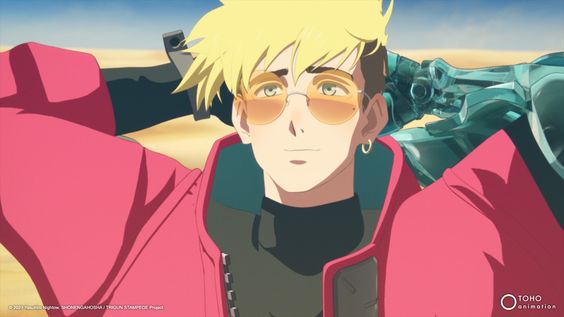
Image sourced from Pinterest. Details at Pinterest
Increasingly utilized in modern anime, 3DCG (computer-generated graphics) offers enhanced visual effects and dynamic camera movements. Starting with storyboard layouts, the 3DCG process involves detailed rendering of scenes, often overseen by a dedicated 3DCG Director. This technology is prominent in anime like Trigun Stampede and Knights of Sidonia, enhancing everything from intricate backgrounds to complex action sequences.
The image compositing step is where all visual elements are brought together to create a cohesive look. Compositors adjust color, add lighting effects, and ensure that all layers—hand-drawn and CGI—integrate seamlessly. Studios like Ufotable are renowned for their adept use of compositing to enhance visual storytelling in series such as Demon Slayer: Kimetsu no Yaiba and the Fate series, creating stunning visual effects that heighten the dramatic impact of each scene.
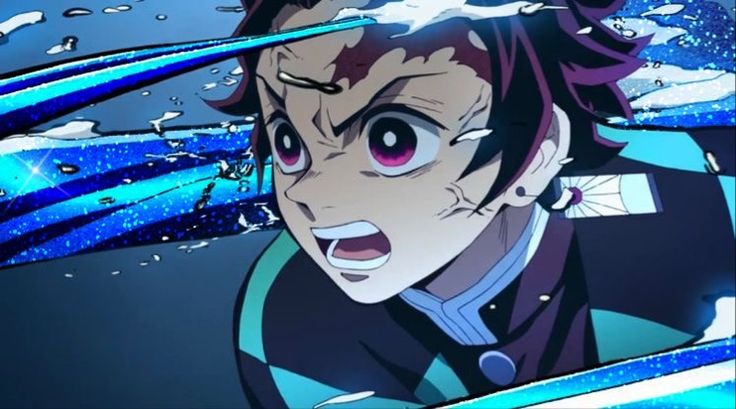
Image sourced from Pinterest. Details at Pinterest
The final editing stitches together all audio and visual components into a complete episode. Using sophisticated video editing software, editors layer scenes, sound effects, music, and dialogue to craft the final product. This stage requires a thorough understanding of the entire production process, as it is crucial in determining the pacing and flow of the episode.
Found this guide useful? Visit ZenPlus's blog for the latest anime trends and insight. Don’t miss out on our massive selection of genuine Japanese anime merch. With over 5 million products to choose from, your next favorite anime treasure is just a click away—delivered to your doorstep faster than you can say "otaku"!
About the Writer
Meet Mariam - a freelance writer whose heart beats for the captivating world of Japanese culture. She's fascinated by the breathtaking cherry blossom trees, the irresistible traditional dishes and snacks, the timeless fashion, the adorable natural makeup, and of course, the world-famous anime, just to name a few of her passions. Now, with boundless creativity and determination, she aims to deliver the most valuable content for readers to offer them a glimpse into her passions in life.

